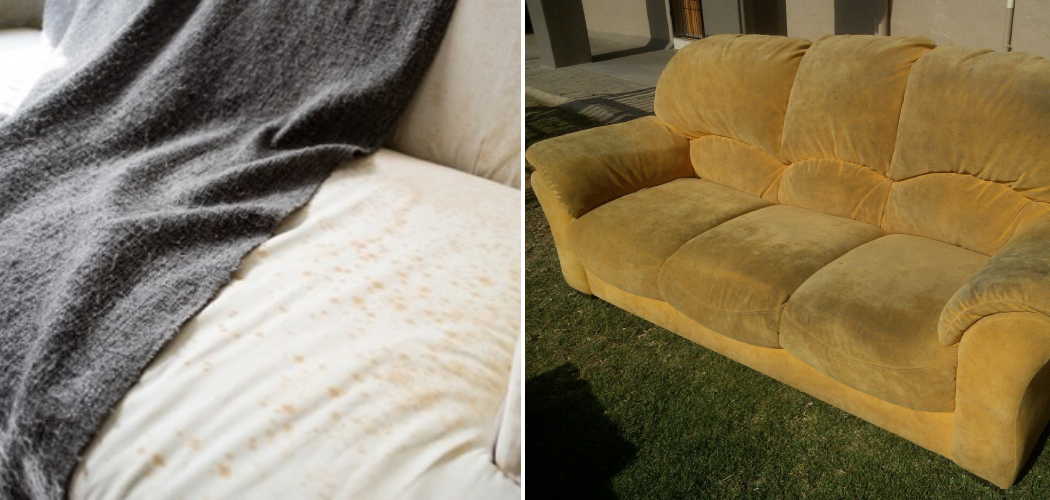A musty smell in upholstery can be quite unwelcome, often resulting from mold, mildew, or long-term exposure to moisture. This issue detracts from your home’s comfort and can pose health risks if left untreated.
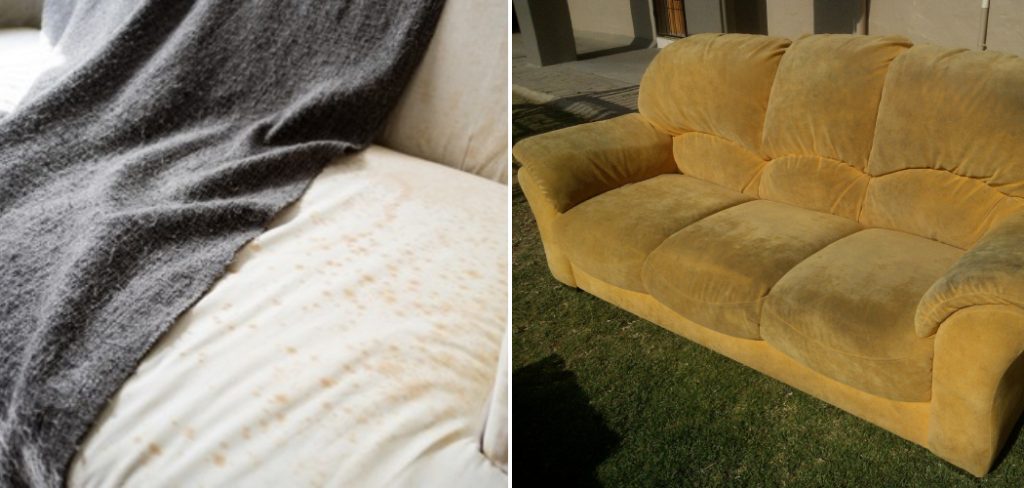
Understanding how to remove musty smell from upholstery is crucial for creating a fresh and pleasant indoor environment. Musty odors can permeate your living space, so addressing the root causes and implementing effective solutions are essential. Various methods, such as vacuuming, baking soda, and vinegar solutions, can help tackle these unpleasant smells. This article will guide you through these steps, offering practical advice on eliminating musty odors from your upholstery and maintaining a healthier home.
Identifying the Source of the Smell
Determining the cause of the musty odor is the first crucial step toward effective remediation. Begin by carefully checking for any signs of mold or mildew growth on the upholstery. Mold and mildew often appear as dark spots or patches and can be accompanied by a distinct musty smell. Inspect the furniture meticulously, including under cushions and in crevices, as these areas are prone to harboring moisture and mold spores.
Next, assess potential sources of moisture that could be contributing to the problem. This includes recent spills, leaks, or generally high humidity levels within the room. Moisture can become trapped in the upholstery fabric, providing an ideal environment for mold and mildew to thrive. Look for any visible water damage or signs of persistent dampness.
Additionally, it is important to inspect the surrounding area for any hidden odor sources. This may involve checking the condition of carpeting, curtains, or other nearby soft furnishings that could be damp or harboring mold. Sometimes, musty smells can be attributed to sources beyond the upholstery itself. By thoroughly identifying the source of the musty odor, you can ensure that your chosen removal methods will be more effective and long-lasting.
Vacuuming and Cleaning
Vacuuming the Upholstery:
Start by thoroughly vacuuming the upholstery to remove dust, dirt, and debris from the surface. Use a vacuum cleaner equipped with a brush attachment, which will be more effective in lifting particles embedded in the fabric. Pay extra attention to crevices, seams, and cushions where odor-causing particles may be trapped. These hidden areas often collect dirt and can harbor mold spores or mildew, contributing to the musty smell. Methodical and meticulous vacuuming will help remove these particles and prepare the upholstery for further cleaning treatments.
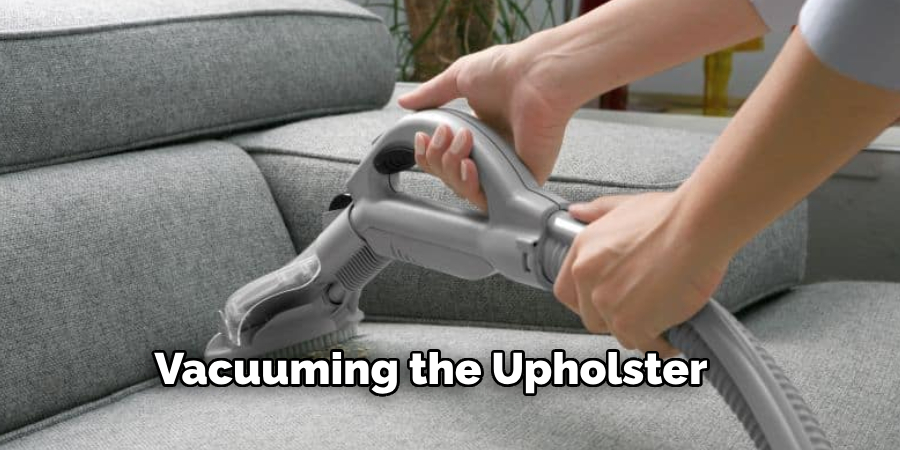
Cleaning the Upholstery:
Once the upholstery is free from dust and dirt, the next step is to address any visible stains or spills. Prepare a mild detergent solution or use a specialized upholstery cleaner. Dip a clean cloth into the solution and gently spot-treat the stained areas, ensuring they do not oversaturate the fabric. Blot the area to absorb excess moisture and cleanser, working from the outside of the stain towards the center to prevent spreading. For persistent stains, consider repeating the process or using a soft brush to help lift the stains.
After treating the stains, allow the upholstery to air dry completely before moving on to the next step. Proper drying is crucial to prevent any remaining moisture from contributing to further mold or mildew growth. You can speed up the drying process by opening windows for better ventilation or using fans to increase airflow. Ensuring your upholstery is entirely dry will establish a cleaner, fresher foundation before applying additional odor-neutralizing treatments.
How to Remove Musty Smell from Upholstery: Absorbing Odors with Baking Soda
Sprinkling Baking Soda Over the Upholstery:
Begin by evenly distributing baking soda over the upholstery using a fine-mesh sieve or shaker. This method ensures a consistent layer of baking soda that can effectively neutralize odors. Focus particularly on areas with the strongest odors or visible stains, as these spots are likely to benefit the most from the odor-absorbing properties of baking soda.
Allowing the Baking Soda to Sit:
Once the upholstery is adequately covered, allow the baking soda to sit for several hours or overnight to maximize its ability to absorb odors. This extended period enables the baking soda to penetrate deeply into the fabric, drawing out embedded smells. Consider covering the upholstery with a clean sheet or towel to prevent dust buildup during this waiting period. This protective layer also prevents disturbances, ensuring the baking soda remains in place and effective.
Vacuuming Up the Baking Soda:
After the baking soda has had ample time to work, the next step is to remove it from the upholstery. Using a vacuum cleaner equipped with a brush attachment, meticulously vacuum the baking soda from the fabric. The brush attachment will help lift the baking soda particles, along with any absorbed odors, from the upholstery fibers. Be thorough in your vacuuming to remove all baking soda, which concludes the deodorizing process.
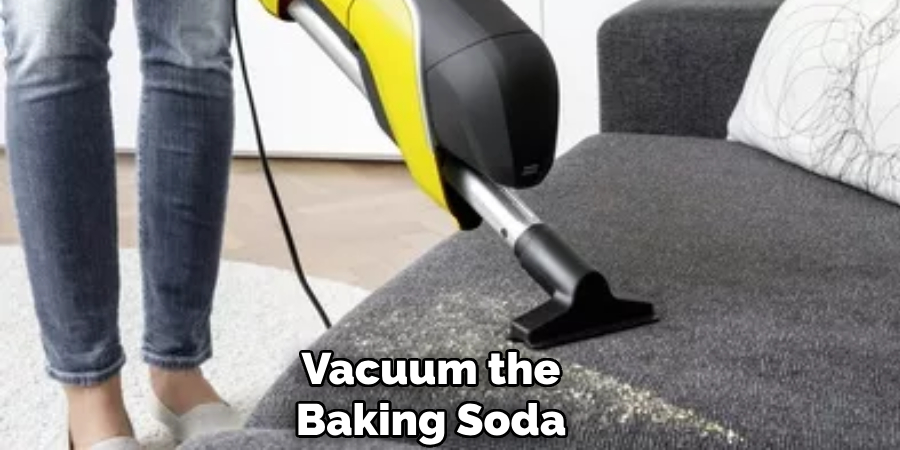
After vacuuming, promptly empty the vacuum cleaner bag or canister to prevent any absorbed odors from lingering and potentially being redeposited. This also helps maintain the efficiency of your vacuum cleaner. By employing baking soda in this manner, you can achieve a fresher, odor-free upholstery without resorting to harsh chemicals, making it a natural and effective solution for maintaining the cleanliness and comfort of your living space.
How to Remove Musty Smell from Upholstery: Using Vinegar Solution
Creating a Vinegar Solution:
Mix equal parts white vinegar and water in a spray bottle to create an effective vinegar solution for deodorizing your upholstery. This mild solution is both safe for most fabrics and powerful enough to neutralize musty odors.
Spraying the Upholstery:
With your vinegar solution prepared, lightly spritz it onto the upholstery. Focus particularly on areas where the musty odors are most pronounced. It’s important to avoid soaking the fabric; a light misting will suffice. The vinegar’s natural acidity helps to break down odor-causing molecules, making it a valuable tool in your odor-eliminating arsenal. Allow the vinegar solution to air dry naturally. There is no need to rinse the fabric afterward, as the vinegar smell will dissipate as it dries, leaving your upholstery freshened without any lingering vinegar scent.
Neutralizing Remaining Odors:
To help neutralize any remaining odors and encourage the drying process, open windows or use fans to promote airflow and ventilation in the room. This will speed up the drying time and ensure that any vinegar smell is rapidly dissipated. If stubborn odors persist, repeat the vinegar treatment until the musty smell is fully eradicated. This natural, non-toxic solution can effectively refresh your upholstery, ensuring a healthier and more pleasant living environment.
Deodorizing with Activated Charcoal
Placing Activated Charcoal Sachets or Bags on the Upholstery:
Activated charcoal is a powerful and natural odor absorber, making it an excellent choice for deodorizing upholstery. Begin by placing activated charcoal sachets or bags directly on the upholstery. Focus on positioning the charcoal near areas with the strongest odors to maximize its effectiveness. The porous structure of activated charcoal allows it to trap and neutralize odors effectively over time.
Allowing the Charcoal to Absorb Odors Over Time:
Once positioned, allow the activated charcoal to sit on the upholstery for several hours or days, depending on the intensity of the odors. The longer the charcoal remains in place, the more odors it can absorb. There’s no need to worry about it damaging the fabric, as activated charcoal is safe and non-toxic.

Replacing or Reactivating the Charcoal:
To maintain optimal deodorizing performance, periodically swap out old charcoal sachets with fresh ones. Reactivating activated charcoal bags is an effective way to extend their life. Simply place the used charcoal bags in direct sunlight for several hours. The heat from the sun will help release the trapped odors, rejuvenating the charcoal’s absorbing capabilities. By regularly refreshing or replacing the activated charcoal, you ensure continuous odor control, keeping your upholstery smelling fresh and clean without the use of harsh chemicals.
Professional Cleaning Services
Considering Professional Upholstery Cleaning:
Hiring a professional upholstery cleaner can be a wise investment for a thorough and effective solution. Professional cleaners have advanced tools and expertise, ensuring a deep clean that home remedies may not achieve. They effectively remove deep-seated dirt, allergens, and odors from your upholstery.
Hiring a Professional Upholstery Cleaner:
When opting for professional services, look for companies that specialize in upholstery cleaning and odor removal. These experts can offer specialized treatments tailored to your needs, addressing persistent musty odors that standard cleaning methods might miss.
Inquiring About Specialized Treatments:
Consider asking about additional services like steam cleaning or ozone treatment. Steam cleaning uses high-temperature steam to sanitize and deodorize the fabric, while ozone treatment eliminates odors at a molecular level, leaving your upholstery fresh and clean. By leveraging professional cleaning services, you ensure the longevity and cleanliness of your furniture, creating a healthier living environment.
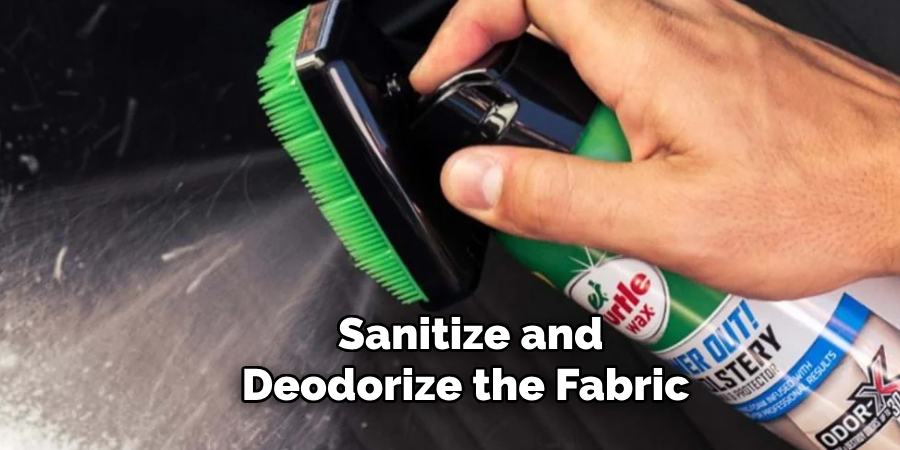
Conclusion
In conclusion, effectively tackling musty smells from your upholstery hinges on a combination of methods and regular maintenance. Beginning with vacuuming and cleaning helps eliminate dirt and surface odors, setting a solid foundation for further treatments. Utilizing baking soda offers a natural and non-toxic solution that absorbs unpleasant scents. A vinegar solution provides a powerful yet safe alternative to neutralize persistent odors, while activated charcoal excels in trapping and removing lingering smells over time. For deeply ingrained odors, opting for professional cleaning services ensures a thorough and effective cleanup.
Regular maintenance and preventive measures are crucial to keeping your upholstery odor-free. Experiment with these varied methods to discover the most effective solution tailored to your specific upholstery needs. By following these steps on how to remove musty smell from upholstery, you ensure a fresher, more pleasant living environment, prolonging the life and comfort of your furniture.
